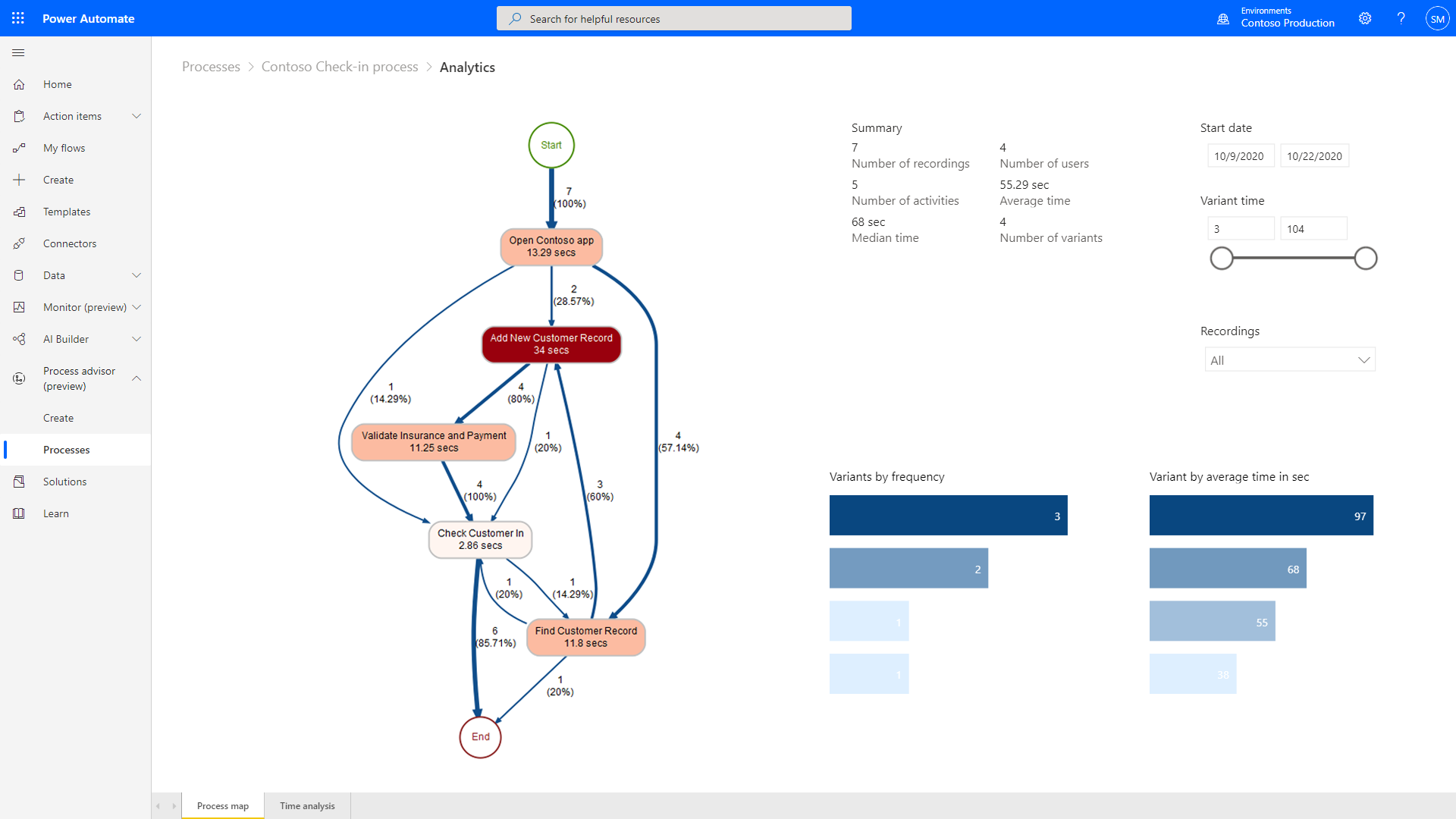AWS expands on SageMaker capabilities with end-to-end features for machine learning
Nearly three years after it was first launched, Amazon Web Services’ SageMaker platform has gotten a significant upgrade in the form of new features, making it easier for developers to automate and scale each step of the process to build new automation and machine learning capabilities, the company said.
As machine learning moves into the mainstream, business units across organizations will find applications for automation, and AWS is trying to make the development of those bespoke applications easier for its customers.
“One of the best parts of having such a widely adopted service like SageMaker is that we get lots of customer suggestions which fuel our next set of deliverables,” said AWS vice president of machine learning, Swami Sivasubramanian. “Today, we are announcing a set of tools for Amazon SageMaker that makes it much easier for developers to build end-to-end machine learning pipelines to prepare, build, train, explain, inspect, monitor, debug and run custom machine learning models with greater visibility, explainability and automation at scale.”
Already companies like 3M, ADP, AstraZeneca, Avis, Bayer, Capital One, Cerner, Domino’s Pizza, Fidelity Investments, Lenovo, Lyft, T-Mobile and Thomson Reuters are using SageMaker tools in their own operations, according to AWS.
The company’s new products include Amazon SageMaker Data Wrangler, which the company said was providing a way to normalize data from disparate sources so the data is consistently easy to use. Data Wrangler can also ease the process of grouping disparate data sources into features to highlight certain types of data. The Data Wrangler tool contains more than 300 built-in data transformers that can help customers normalize, transform and combine features without having to write any code.
Amazon also unveiled the Feature Store, which allows customers to create repositories that make it easier to store, update, retrieve and share machine learning features for training and inference.
Another new tool that Amazon Web Services touted was Pipelines, its workflow management and automation toolkit. The Pipelines tech is designed to provide orchestration and automation features not dissimilar from traditional programming. Using pipelines, developers can define each step of an end-to-end machine learning workflow, the company said in a statement. Developers can use the tools to re-run an end-to-end workflow from SageMaker Studio using the same settings to get the same model every time, or they can re-run the workflow with new data to update their models.
To address the longstanding issues with data bias in artificial intelligence and machine learning models, Amazon launched SageMaker Clarify. First announced today, this tool allegedly provides bias detection across the machine learning workflow, so developers can build with an eye toward better transparency on how models were set up. There are open-source tools that can do these tests, Amazon acknowledged, but the tools are manual and require a lot of lifting from developers, according to the company.
Other products designed to simplify the machine learning application development process include SageMaker Debugger, which enables developers to train models faster by monitoring system resource utilization and alerting developers to potential bottlenecks; Distributed Training, which makes it possible to train large, complex, deep learning models faster than current approaches by automatically splitting data across multiple GPUs to accelerate training times; and SageMaker Edge Manager, a machine learning model management tool for edge devices, which allows developers to optimize, secure, monitor and manage models deployed on fleets of edge devices.
Last but not least, Amazon unveiled SageMaker JumpStart, which provides developers with a searchable interface to find algorithms and sample notebooks so they can get started on their machine learning journey. The company said it would give developers new to machine learning the option to select several pre-built machine learning solutions and deploy them into SageMaker environments.
![]()




